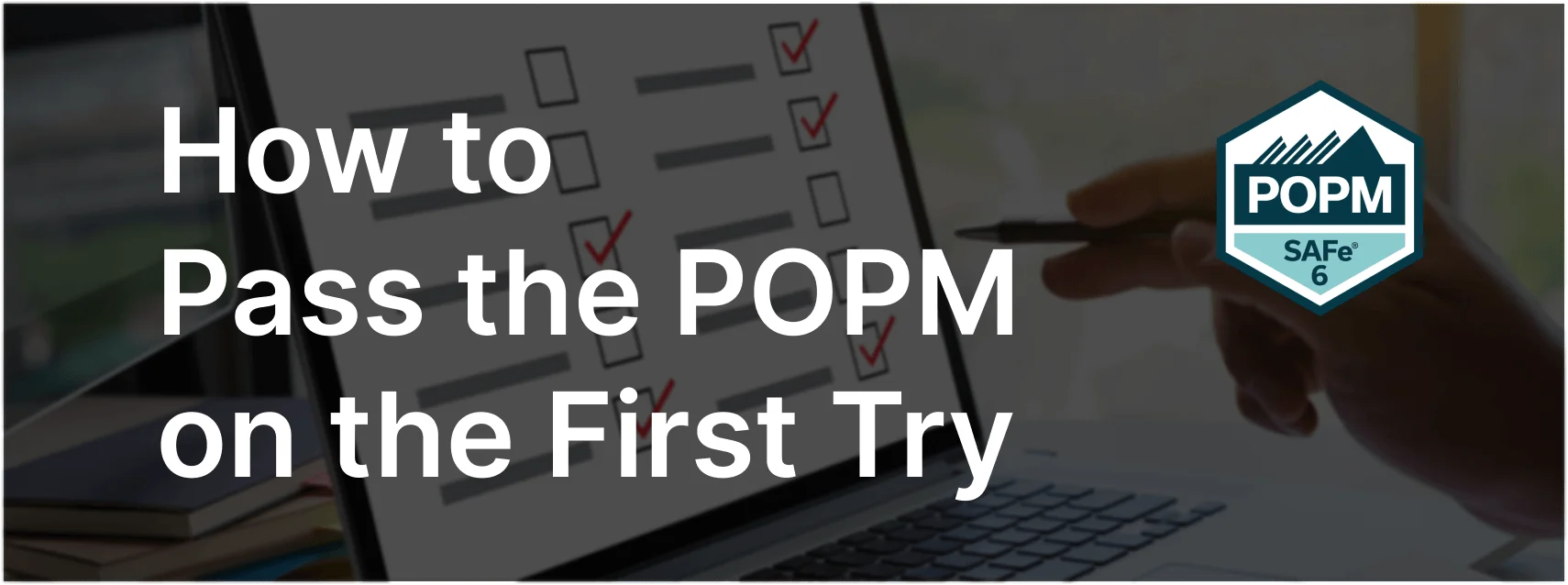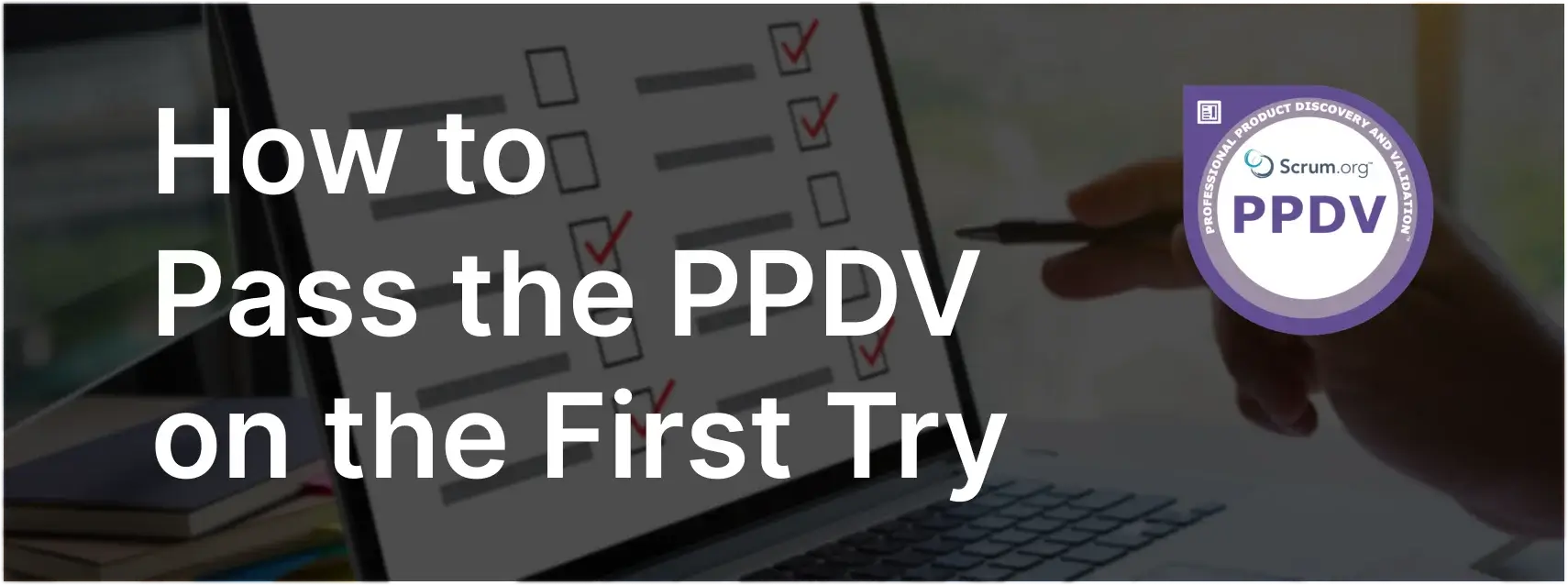The effectiveness of Scrum is dependent on the culture of the people and environment.
If I am teaching a person or group that is new to Scrum, I always begin with the contents of the Agile Manifesto rather than jump straight into the Scrum Framework. The purpose is to create a foundation that helps to accelerate the learning and understanding when explaining Scrum.
Scrum works best in an environment that supports agility. The people in the environment create a culture and the culture is defined by their values. Having values that are explicitly defined helps to align behavior and helps to reduce unnecessary conflicts.
Mastery
“We are uncovering better ways of developing software by doing it and helping others do it.”
Mastering something means that you have learned it, you have applied what you learned, and you’ve made improvements to your learnings. These improved learnings can be shared with others so that they can continue the cycle. Alistair Cockburn introduced this way of thinking for learning techniques for software development through Shuhari. In essence, Imitate, Assimilate, Innovate.
Movement vs Progress
“Just because you are doing a lot more doesn’t mean you are getting a lot done. Don’t confuse movement with progress”
— Denzel Washington
- Individuals and interactions over process and tools: More importance is placed on people and effectiveness of working together. Processes and tools are important but should be tools to help the people rather than dictate how they work.
- Working software over comprehensive documentation: In similar ways as above, documentation should be something that serves in delivering a working solution. Having too much documentation can be wasteful in time and effort. Having too little will impact future maintenance and hinder agility. How much documentation will vary from project to project depending on the road to working software.
- Customer collaboration over contract negotiation: A product’s users are the most important stakeholders. A product that does not deliver value is wasted time, effort, and money. As the work progresses, we frequently collaborate with customers to ensure we’re continuously building the right thing.
- Responding to changes over following a plan: Upfront plans can be incorrect as they cannot extend with any certainty beyond the first encounter with issues that cannot be predicted. Planning is still indispensable as it helps in starting intelligently but you should not be tied to any plan that does not help you achieve your goals.
Conclusion
These values make up the foundation of agility. Similar to a house, the structure can only be as strong as its foundation. Like with any foundation it must be continuously maintained as most problems that appear in the framework originate from cracks in the foundation.







